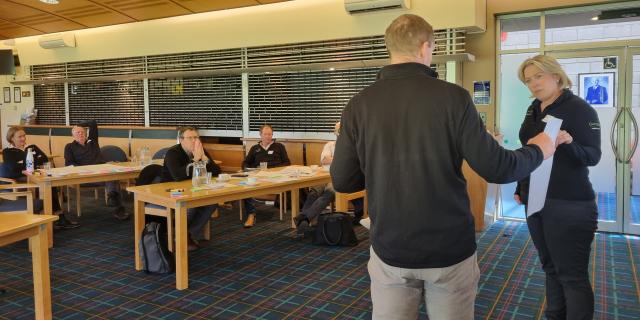This project aims to identify the opportunities and challenges associated with increasing lamb survival in New Zealand.

Background
On average, flocks within New Zealand record 15-18% mortality rates in their lambs. 75% of these losses likely occur within 3-5 days of lambing. The factors impacting lamb survival appears to be multi-factorial and complex.
This project aims to identify the opportunities and challenges associated with increasing lamb survival in New Zealand.
How will this be achieved?
A one-day workshop was held to gain a better understanding of the challenges and opportunities associated with lamb survival in New Zealand from the perspective of the major stakeholders affected (e.g. farmers, industry, vets and scientists).
The main goals of the workshop were to distinguish between what we already know (that could be communicated back to farmers now) versus what we don’t know and potential research gaps.
Benefits to farmers
- Increased productivity and profitability: Gain insights that will help reduce lamb losses thereby increasing productivity and profitability through higher lambing percentages.
- Educational resources: Development of new resources such as podcasts, webinars, and factsheets that provide practical advice on improving lamb survival.
- Enhanced knowledge: Perspective gained from a range of stakeholders with expertise in lamb survival (farmers, veterinarians, scientists) will provide greater insights and help address the challenge of lamb survival.
B+LNZ project lead
Mhairi Sutherland, Senior Scientist – Animal Health and Welfare Research.
Farmer involvement
Farmers, including 3 FRAG members, attended the workshop. .
Provider
Floreo Limited.
Expected end date
October 2024.